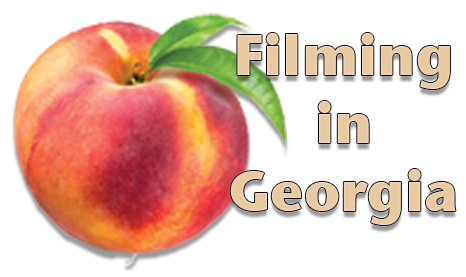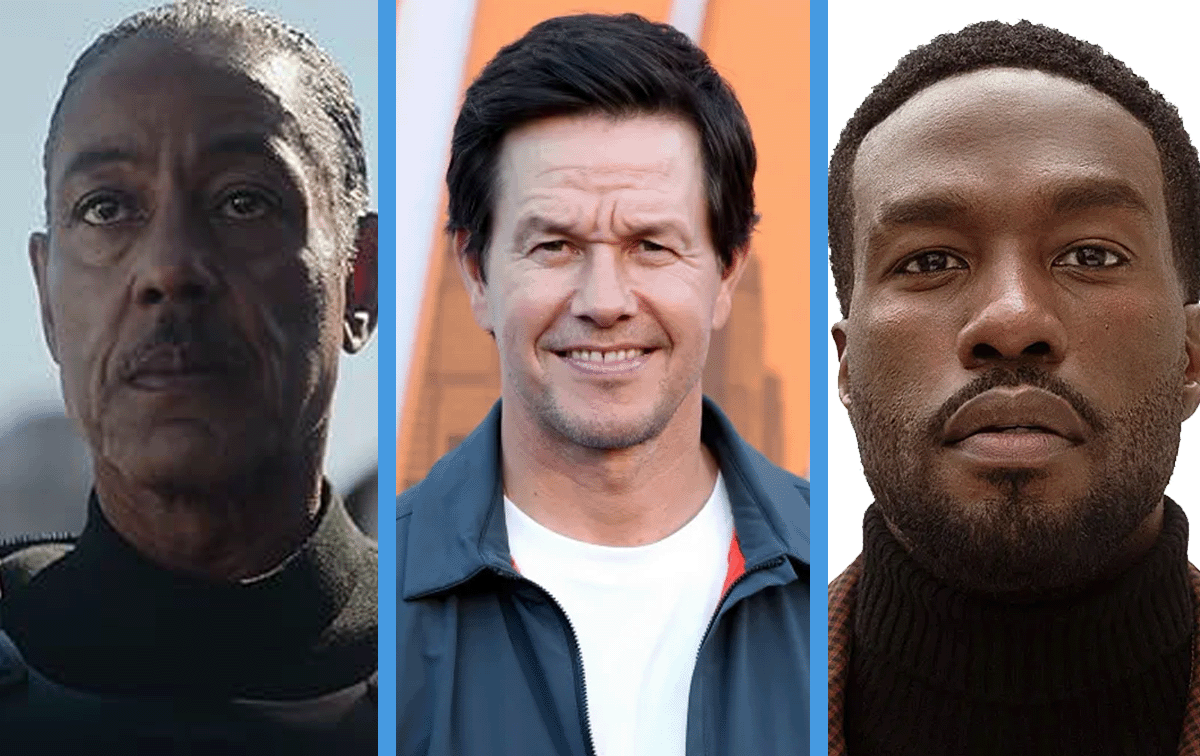 Alright, so you’re stepping into the world of film and TV as a Background Actor, huh? That’s awesome! Welcome to a whole new universe, one that’s filled with excitement, anticipation, and a little bit of chaos. If this is your first gig, it might feel like you’re diving into the deep end, but don’t worry—you’re in for a thrilling experience.
Alright, so you’re stepping into the world of film and TV as a Background Actor, huh? That’s awesome! Welcome to a whole new universe, one that’s filled with excitement, anticipation, and a little bit of chaos. If this is your first gig, it might feel like you’re diving into the deep end, but don’t worry—you’re in for a thrilling experience.
Being on set is a unique environment, where everyone has a role to play in bringing a project to life. As a Background Actor, you’re an essential part of the magic, helping to create the atmosphere and realism that make scenes come alive. However, with all the hustle and bustle, it can be easy to feel overwhelmed, especially when you hear the unfamiliar jargon being thrown around.
To help you navigate this new world with confidence, here’s a quick rundown of some of the lingo you’ll encounter on set. Understanding these terms will not only help you blend in but also make you feel more at ease as you get into the rhythm of the production. So, let’s dive in and get you prepared, so you can walk onto that set with your head held high, ready to be part of the action without feeling like a deer in headlights!
Key Terms for Background Actors
– Call Time
This is when you need to be on set and ready to go. Being punctual is key—arrive on time and all set up, and you’ll be golden.
– Back to One
If you hear “back to one,” it means return to your original spot for another take. Keep track of where you’re supposed to be!
– Holding
When you’re not on camera, you’ll chill in a holding area. It’s cool to bring a book or something to pass the time.
– AD (Assistant Director)
The AD’s the person giving you instructions on set. They handle the schedule and manage the crew. The First AD keeps everything on track, while the Second and Second Second ADs work with us background actors.
– Second Team
This is just a fancy term for Stand-Ins. They stand in for the main actors during rehearsals and setup, so if you’re one of them, be ready to step in.
– First Team
The “First Team” refers to the principal actors or the main cast of a scene. They’re the ones whose performances are central to the storyline, and they get the focus of the camera and the director’s attention.
When you hear about the “First Team” being on set, it’s usually a cue that it’s time for the main actors to perform their scenes, as opposed to when the “Second Team” (Stand-Ins) are used for rehearsal and setup.
– Walla
Walla refers to the background chatter you hear in crowd scenes. It’s named after the old sound effect where people said “walla, walla” to mimic crowd noise.
– Change
A “change” means you need to switch up your wardrobe. Follow the notes from the Casting Director to make sure your look matches what’s needed.
– Pantomime
This is when you silently lip-sync conversations on camera so the main actors’ audio isn’t interrupted. Think of it as acting without sound.
– Match
Matching is about replicating your movements exactly from one take to the next. This helps everything blend together smoothly in the final edit.
– Recall
If you’re recalled, it means you’re asked to come back for another day of filming. Note down your recall details and inform the Casting Director if you have any conflicts.
– Inserts
Inserts are close-ups or specific angles shot separately from the main scene. They often use doubles or stand-ins for these.
– Basecamp
This is the hub where everyone checks in and communicates. It’s like the set’s nerve center. You will usually go to Basecamp first and then go “to Set” for the actual filming.
– Stand-Ins
Sometimes used interchangeably with “Second Team,” stand-ins help with lighting and camera setups in place of the main actors. As far as the hierarchy on set, the stand-ins are a notch above regular background.
– Pick-Ups
Pick-ups are additional shots filmed after the main shoot wraps, usually to fix any issues or add missing pieces.
– Allowances and Bumps
Extra pay for doing something beyond the basic background work, like bringing a prop or using your own special wardrobe or car.
– Cross
When asked to do a “cross,” it means you’ll walk through the camera’s view. Just follow the AD’s directions!
– Background Coordinator
For large shoots, a Background Coordinator helps manage and check in background actors to keep things organized.
– Second Unit
A separate crew that shoots additional footage or stunts while the main crew is filming other scenes. It’s all about saving time.
– Extras
Another term for background actors. Just hanging out in the background and making the scene look lively!
– Prop
Any item used by the actors or background to enhance the scene. If you’re asked to bring a prop, make sure it fits the scene’s needs.
– Cue
A signal that tells you when to start or stop your action. It might come from the AD or director.
– Setup
This refers to the process of arranging the scene, including camera angles, lighting, and actor placements. Be ready to adapt as setups change.
– Blocking
The choreography of how actors move around the set. It’s all about knowing where to be and when during a scene.
– Production Assistant (PA)
A Production Assistant (PA) is a versatile on-set helper who handles a range of tasks to support the crew, from managing logistics and running errands to assisting with various departments and ensuring everything runs smoothly.
– Take
Each attempt at filming a scene. Multiple takes are often done to capture the best performance or shot.
– Wrap
When filming is done for the day or the entire project. Wait for the AD to officially say you’re wrapped before heading out.
– Stunt Double
A stand-in for actors doing risky stunts or actions. They’re there to handle the dangerous stuff while the main actor stays safe.
Ready to go?
There you go! Get comfy with these terms, and you’ll be navigating the set like a pro in no time. Break a leg!


